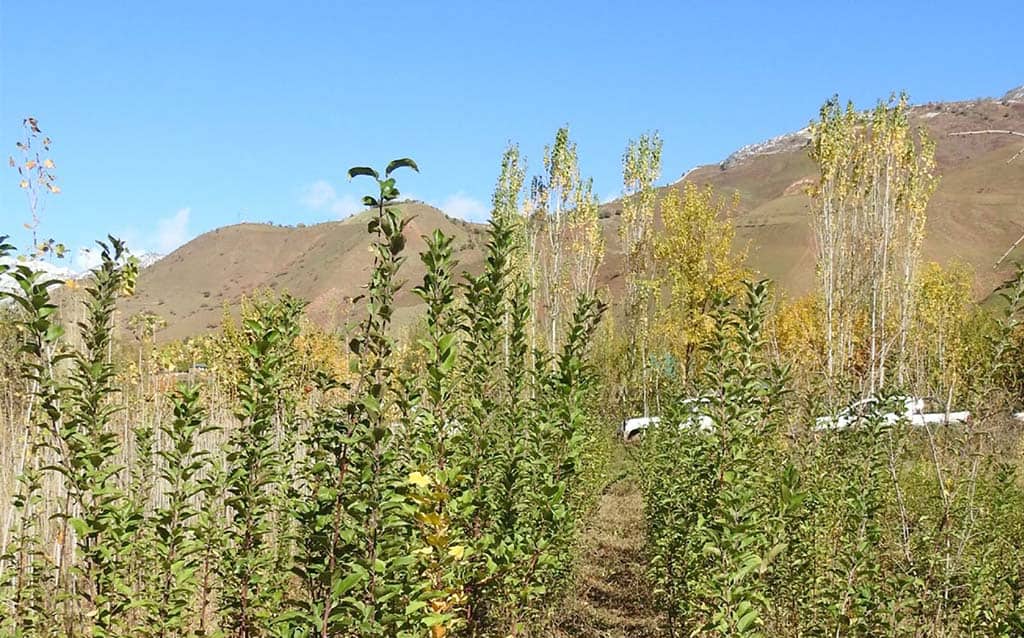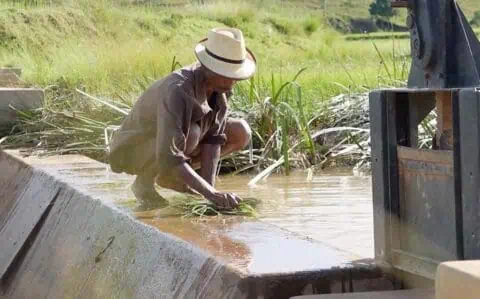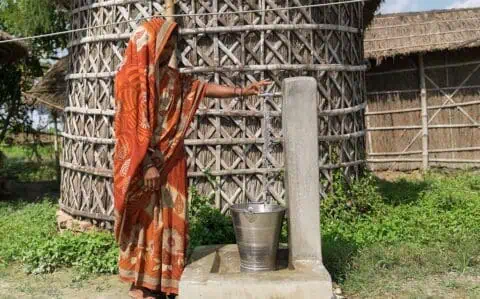Theme
Climate Resilience
Resource
Category
Year
Language
Sustainable Development Goals




Conservation and Restoration of Unique Local Wild Relatives of Plants Together with Communities Living in the Kulob Zone of Khatlon Region
The Malus (apple) and Pyrus (pear) are some of the most important fruits in the world. They are now cultivated almost everywhere, and are especially prevalent in the north temperate zone (Qian et al., 2020). Along with cultivated plants, the local population actively uses wild species, forms that are obtained from natural populations and natural hybrids between wild and domestic forms. In many places in Europe and Asia, wild species of apple and pear have been cultivated to preserve and conservate the wild populations of Malus and Pyrus species. In both Malus and Pyrus, the crops and their wild relatives are self-incompatible and fully inter-fertile, so spontaneous hybridization between tame and wild is rather common. In new territories, introgression from native wild relatives seems to have facilitated the build-up of locally-adapted cultivars (Zohary, 1997). Thus, native species of apple and pear are very important for conservation and cultivation, as their adaptive potential, developed over long periods of time, is useful for the selection of adapted forms with a high level of yield, a large number of useful substances, and resistance to diseases and pests. These wild relatives are of global significance, as they represent an important store of genetic variety of which, to date, only a minor fraction has been studied.
Downloads
Theme
Climate Resilience
Resource
Category
Year
Language
Sustainable Development Goals



Content development partners
You might also be interested in









